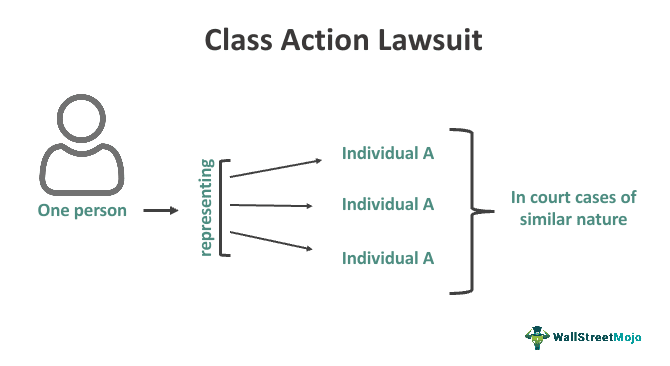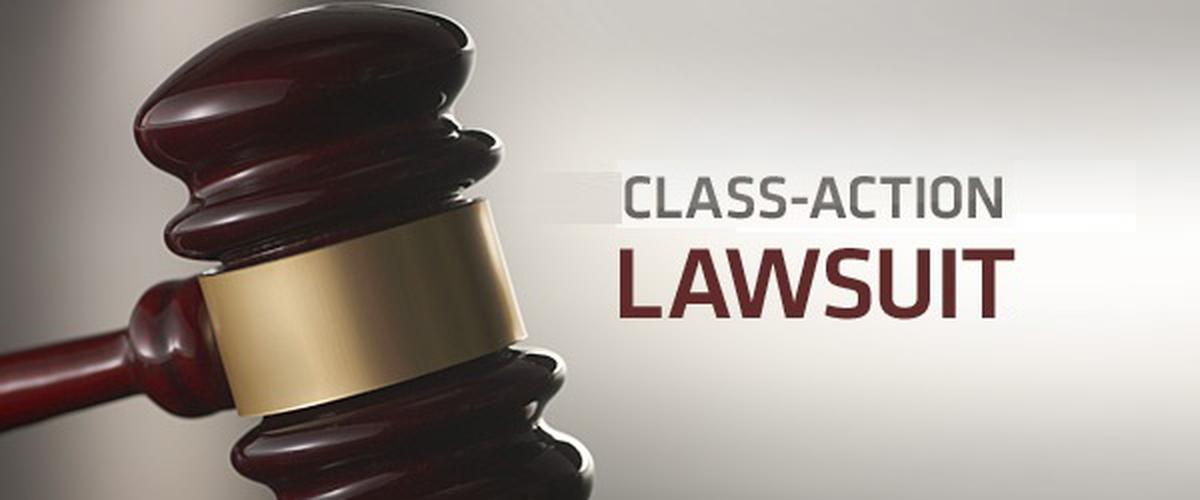Lawful Insight: Navigating the Landscape of Class Action Lawsuit Situations
Wiki Article
Recognizing Class Action Suit: An Overview for Lawyers
Class activity suits have actually come to be an integral part of the lawful landscape, permitting for the debt consolidation of multiple cases right into a single activity. By delving right into the ins and outs of course action lawsuits, this guide gears up legal representatives with the expertise and tools needed to efficiently navigate this complicated location of law.The Essentials of Class Activity Claims
Class action lawsuits are a lawful device utilized to combine comparable insurance claims from a group of individuals right into a solitary legal action, offering a economical and efficient strategy to looking for justice and resolution. This kind of legal action permits a representative plaintiff, acting on behalf of the entire class, to bring a case versus a defendant who has allegedly caused injury or breached the civil liberties of numerous people.The fundamental requirements for bringing a class action suit include numerosity, commonality, typicality, and adequacy of representation. Numerosity refers to the truth that the course must be so large that joinder of all members would certainly be not practical.
Class activity suits can be useful for both plaintiffs and defendants. For accuseds, it supplies the chance to successfully settle multiple cases in a single lawsuit, staying clear of the requirement to defend versus many individual claims.
Identifying and Assessing Possible Class Members
After developing the standard requirements for a course action suit, the following step is to recognize and assess prospective class participants. This procedure entails determining who may become part of the class and examining their cases to figure out if they fulfill the necessary standards.To recognize potential class participants, legal representatives usually conduct extensive research and gather relevant information. This may include examining papers, carrying out interviews, and checking out records to identify people or entities that might have been affected by the claimed wrongdoing. It is essential to develop a detailed and clear list of prospective class members to ensure that all influenced events are included in the suit.
Once possible course participants have been recognized, the following step is to evaluate their claims. This entails reviewing the merits of each private claim to determine if they meet the lawful requirements for course accreditation. Lawyers must carefully examine the facts, proof, and lawful concepts of each potential class participant's claim to make certain that they have a practical case.
Evaluating possible class members likewise includes establishing whether they meet the class meaning and have actually experienced similar damage as a result of the defendant's actions. This calls for comparing the truths and conditions of each potential class member's circumstance to the claims and lawful theories presented in the suit.
Navigating the Class Qualification Refine
To successfully navigate the class accreditation process, lawyers need to faithfully stick to the step-by-step needs established forth by the court. Course certification is an important action in a class action suit, as it figures out whether an instance can proceed as a class action, representing a group of individuals who have comparable claims versus a defendant. The procedure includes pleasing specific standards, such as numerosity, commonality, typicality, and competence of depiction.First of all, attorneys must develop numerosity by demonstrating that the course is so big that specific joinder is not practical. This needs a detailed evaluation of the claims and defenses entailed.
Following, lawyers need to reveal typicality, which implies that the depictive plaintiff's insurance claims are common of the claims of the class participants. This makes sure that the rate of interests of the representative complainant align with the passions of the class. Legal representatives should show competence of depiction, implying that the representative complainant and their guidance will fairly and adequately stand for the interests of the course.
To browse this process effectively, attorneys have to extensively prepare by carrying out considerable research study, gathering proof, and establishing an engaging argument that satisfies each of these standards. They must likewise be prepared to reply to any kind of arguments or difficulties raised by the accused. By diligently adhering to the procedural demands set forth by the court, attorneys can raise their chances of obtaining class accreditation and progressing the rate of interests of the course participants.

Secret Approaches for Taking Care Of Class Action Litigation
Upon successfully look here navigating the class qualification process, attorneys must after that execute key approaches for efficiently handling course action litigation. These approaches are essential to make sure that the instance proceeds efficiently and effectively, eventually making the most of the opportunities of a positive result for the class participants.
One trick technique is to establish a solid and natural lawful team (Class action lawsuit). This involves constructing a group of lawyers with know-how in class action lawsuits, in addition to other pertinent areas such as the certain sector or subject issue associated with the instance. A well-rounded group can bring various perspectives and skills to the table, enhancing the overall effectiveness of the litigation
An additional important technique is to develop a well-thought-out and extensive litigation strategy. This strategy Clicking Here needs to detail the total goals of the situation, in addition to the particular legal theories and disagreements that will be pursued. It should additionally consist of a timeline and spending plan to make certain that the instance remains on track and within the designated resources.
Additionally, lawyers should proactively engage with the course members throughout the lawsuits procedure (Class action lawsuit). This consists of supplying routine updates on the progress of the instance, looking for input and comments from the course participants, and dealing with any worries or concerns they may have. By cultivating open communication and partnership, attorneys can construct trust fund and support amongst the class participants, which can be critical in attaining an effective resolution
Resolving Course Activity Suits: Negotiation and Approval
When it comes to working out course action claims, efficient settlement and obtaining authorization are essential action in accomplishing a resolution. Course action claims are complex and entail a multitude of complainants, making it essential to get to a settlement that is reasonable and adequate to all events involved.
Once a negotiation contract is gotten to, it needs to be accepted by the court. The court's duty in this process is to make sure that the negotiation is reasonable, reasonable, and appropriately secures the interests of the class members. The court will consider elements such as the nature of the insurance claims, the toughness of the proof, the possible recuperation for the course participants, and any type of arguments elevated by course members.
Obtaining court approval is crucial as it offers finality to the settlement and safeguards the interests of the class participants. It guarantees that the settlement is binding and enforceable, and class members can obtain their rightful settlement.
Verdict

Class action lawsuits have actually ended up being an essential component of the legal landscape, permitting for the consolidation of multiple cases into a solitary action. Course accreditation is a critical action in a class her explanation action lawsuit, as it figures out whether a case can continue as a course action, standing for a group of individuals that have similar claims versus a defendant. By diligently sticking to the procedural requirements established forth by the court, attorneys can raise their possibilities of getting class accreditation and progressing the passions of the class participants.
The court will consider aspects such as the nature of the cases, the toughness of the evidence, the potential recuperation for the course members, and any type of arguments raised by course participants.
By recognizing and evaluating potential course participants, legal representatives can identify the practicality of a course activity claim.
Report this wiki page